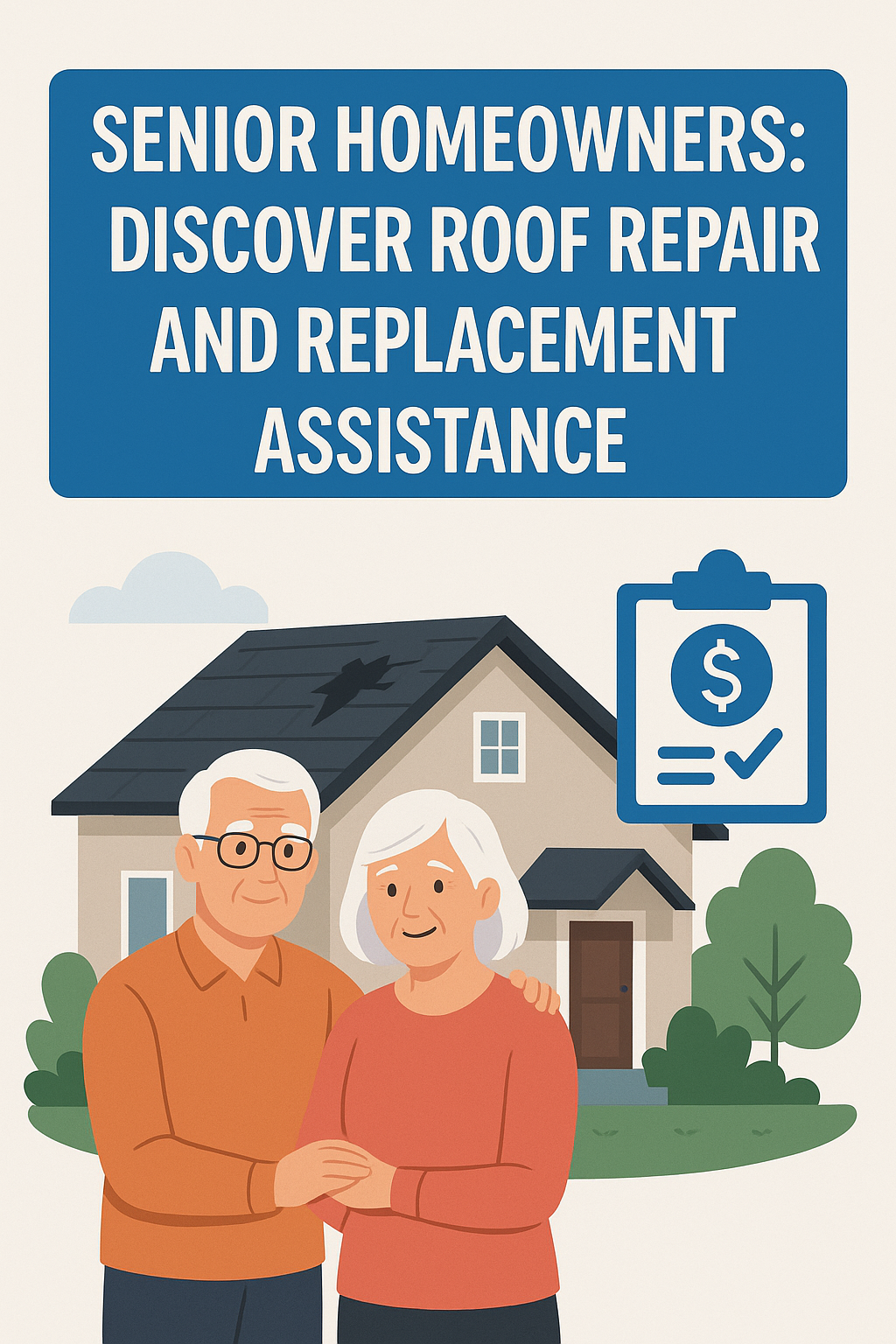Access to a mobile phone is more than just a convenience—it’s a gateway to information, education, financial services, and employment. Recognizing the importance of digital inclusion, the Government of India has launched several programs to help economically disadvantaged groups obtain affordable or subsidized mobile phones. These initiatives aim to bridge the digital divide and ensure more citizens can participate in India’s growing digital economy.
Key Government Schemes for Subsidized Phones
1. PM-WANI (Prime Minister Wi-Fi Access Network Interface)
While not a direct phone subsidy scheme, PM-WANI enhances access to affordable internet across public spaces by supporting low-cost connectivity, which pairs well with budget smartphones. Some state governments have partnered with this initiative to bundle low-cost phones and Wi-Fi access.
2. Direct Benefit Transfer (DBT) Linked Schemes
Certain rural development or social welfare schemes—such as those under the Ministry of Rural Development or Agriculture—offer mobile phones or digital tools as part of broader empowerment packages. These may target self-help groups (SHGs), farmers, or women entrepreneurs.
3. State-Specific Mobile Phone Schemes
Several states in India have launched their own mobile phone subsidy programs:
- Rajasthan Free Mobile Scheme: Targets women heads of Chiranjeevi families, providing free smartphones with 3 years of data and calling.
- Tamil Nadu Free Laptop and Mobile Scheme: Distributes devices to students, which may occasionally include smartphones.
- Andhra Pradesh YSR Cheyutha Scheme: Offers support to women entrepreneurs, often bundling digital tools like phones.
Who Is Eligible?
Eligibility depends on the specific scheme, but most programs prioritize:
- Women from Below Poverty Line (BPL) households
- Farmers registered under government agricultural schemes
- Students from government schools or colleges
- Self-help group members
- Rural workers under MNREGA or skill development programs
- Beneficiaries of welfare cards or ration cards
Generally, the programs are targeted at those without prior digital access or those in economically weaker sections.
Application Process
Applying for these benefits usually follows a simple, government-facilitated process:
- Online Registration: Some schemes require logging into official state or central portals (e.g., Jan Soochna Portal in Rajasthan).
- Offline Enrollment: Many beneficiaries are registered through village-level workers, panchayats, or block development offices.
- Document Verification: Proof of income, identity (Aadhaar), and scheme eligibility (ration card, caste certificate, etc.) may be required.
- Device Distribution: Once verified, phones are distributed through local government offices or community centers.
It is also common for beneficiaries to receive training on how to use the phone for digital payments, accessing welfare services, or educational resources.
Final Thoughts
Government initiatives to provide subsidized or free mobile phones reflect an ongoing commitment to digital empowerment across India. These programs help create opportunities for communication, education, and financial inclusion, especially in rural and underserved communities. Staying updated through local government offices and verified portals is the best way to benefit from these schemes.
Sources:
- Economic Times – “Free Mobile Schemes in Indian States: Who Gets Them and Why”
- Hindustan Times – “Rajasthan’s Digital Push: Smartphones for Chiranjeevi Families Explained”


